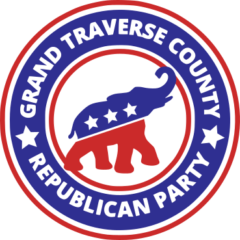Submitted by: Chris Holz
From the 1760’s, the British Parliament charged various taxes and duties to the colonies to try to cover war debts including the French and Indian Wars in the colonies. One such taxing act was the Stamp Act of 1765. It charged a tax for practically every piece of paper printed – even playing cards. Though repealed in March of 1766 after arguments by Benjamin Franklin before the House of Commons, it was followed the same day by the Declaratory Act which asserted the British government’s authority over the colonies.
More taxes were the Townshend Acts of 1767 affecting common products such as paint, glass and tea. These were mostly repealed except for the tax on tea. Colonists drank nearly 1.2 million pounds of tea each year and Parliament wanted to continue to receive tax money from that.
In May of 1773, the British Parliament passed the Tea Act which gave the British East India Company duty-free status and exclusive rights to sell tea in the colonies. Still, the Act imposed duties on the colonies as they received those shipments. Boycotts of this tea, and consumer replacement with smuggled Dutch tea, resulted in large quantities of unsold tea rotting in storage. Merchants found themselves on common ground with patriot groups like the Sons of Liberty, and mobs refused to allow tea shipments to even land in some harbors.
Finally, a group of over 100 men dressed as Mohawk Indians went to the Boston docks on this day in 1773 – December 16 – and boarded the ships, smashing the tea chests and dumping the tea into the harbor. And here’s a part of the story you probably have not heard. The woman who is credited with coming up with the idea of the Mohawk disguise was Sarah Bradlee Fulton. After the “Party”, the protesters came to her house for the removal of the disguises and face paints to help conceal their identities. The protest had been witnessed by thousands of colonists and there was serious concern about retaliation. Sarah, two years later, rallied women to care for wounded militiamen after the Battle of Bunker Hill. She also delivered a message past enemy lines to General Washington on the Charleston waterfront in 1776, for which she was visited later by a thankful president. She lived to the ripe age of 95, passing away in 1835.
